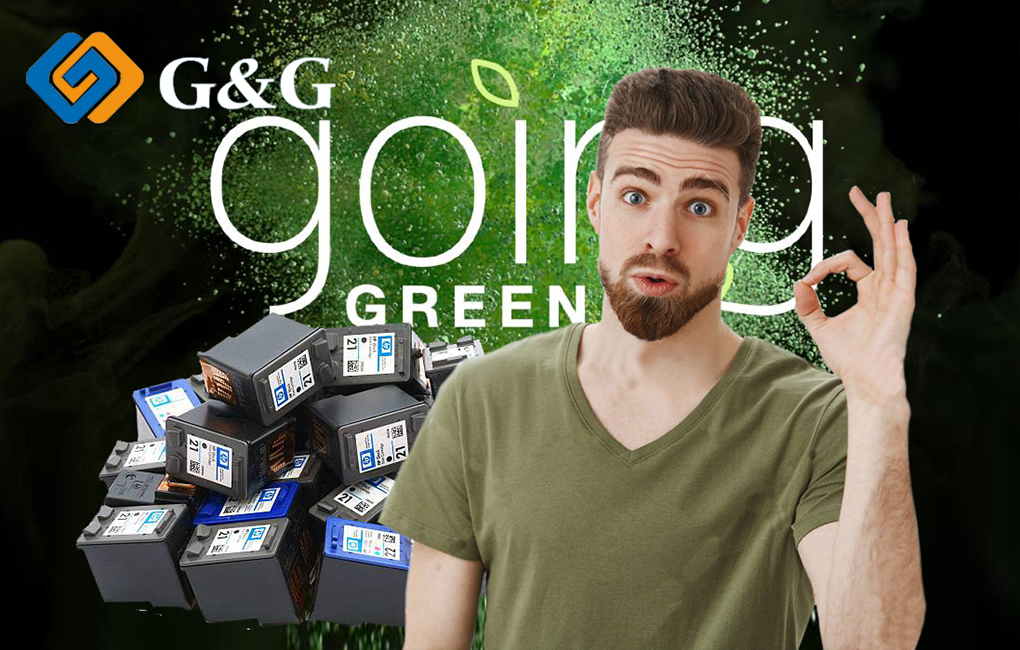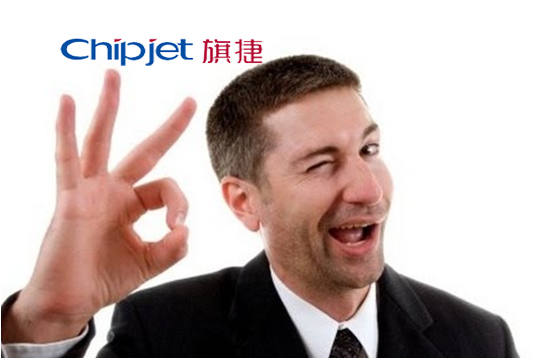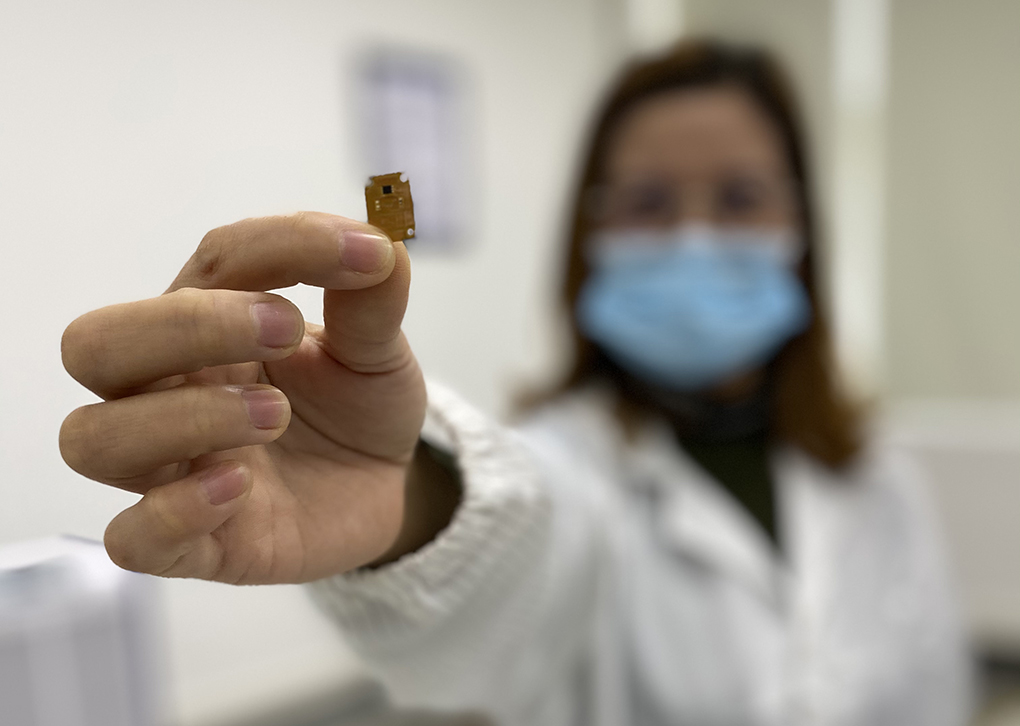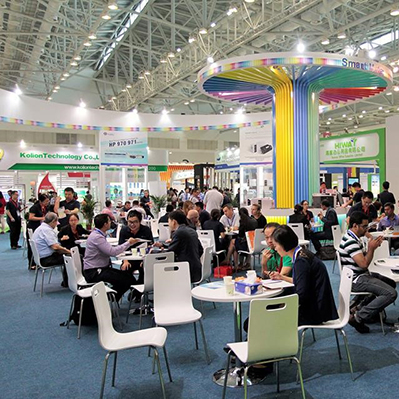
A Survivor’s Guide to Section 337 Investigations and ITC General Exclusion Orders
Merritt R. Blakeslee, The Blakeslee Law Firm
This article is a user’s guide for those who find themselves embroiled in such litigation, as well as for those who, not having been made a party to the investigation, nevertheless find themselves subject to the injunction issued at the end of the investigation.
It discusses not only the mechanics of the 337 investigation but, equally important, the measures that a third party seller must adopt in order to continue to sell legally into the U.S. market in the new legal environment created by a successful 337 investigation.
Its intended audience is not the OEMs who are likely to file a 337 investigation but the third party manufacturers, exporters, importers, and resellers whose aftermarket cartridges are the target of the patent infringement allegations lodged in, and the injunctions that flow from, the investigation.
So, what do you need to know if you are named as a defendant in an ITC 337 investigation? Part II will answer that next month.
And, what do you need to know in order to continue to operate legally after the ITC issues a general exclusion order or other injunction covering your products? Good question. That will follow in Part III.
The ink and toner cartridge remanufacturing industry has, for many years, been a battleground, with the original equipment manufacturers (OEMs) seeking to prevent third party remanufacturers from selling remanufactured and compatible cartridges (remans and compatibles) in the consumables aftermarket in competition with the OEMs’ own replacement cartridges.
To combat this third party competition, the OEMs have developed extensive patent portfolios covering their cartridges and have sought to bar the sale in the U.S. market of third party remans and compatibles on the ground that these violate the OEM’s patent rights. While the OEMs have in some cases filed patent infringement litigation in federal district court, more often they have taken advantage of the specialized forum for patent infringement litigation provided by the U.S. International Trade Commission (ITC) in Washington, D.C. Indeed, since 2006, four OEMs – Epson, Hewlett Packard, Lexmark, and Canon have requested a total of eight ITC patent infringement litigations, called 337 investigations because they are authorized by Section 337 of the Tariff Act of 1930, 19 U.S.C. § 1337.
So why is the ITC the forum of choice for OEMs in our industry? Most patent infringement litigation in the United States is filed in the federal district courts. The ITC, which has developed into a forum that deals almost exclusively with patent infringement, is the only court of its kind in the United States, one whose jurisdiction, authority, and rules differ significantly from that/those of the federal district courts. Legally speaking, an ITC 337 investigation is a strange creature, lacking certain features normally associated with patent infringement litigation in federal district court (no monetary damages are available in a 337 investigation) while possessing other features absent from patent infringement litigation in federal district court (limited jurisdiction, exceptional injunctive powers). The special powers and peculiar features of the ITC dovetail neatly with the characteristics of the ink and toner cartridge aftermarket, making 337 litigation an ideal vehicle for OEMs seeking to prevent the loss of market share to third party remanufacturers.
First, the ITC has jurisdiction only over products that are imported into the United States. But since nearly all remans and compatibles are manufactured abroad and subsequently imported, this limitation on the ITC’s powers is not an impediment to the complainant’s objectives.
Second, while a federal district court plaintiff must, generally speaking, file a separate law suit against each defendant it accuses of infringing its patent, at the ITC a plaintiff (called a complainant) has the ability to name as defendants (called respondents) a large number of accused infringers. In this sense, a 337 investigation resembles in certain respects a class action law suit in federal district court. This is a vital advantage for an OEM who faces competition from a large number of manufacturers, exporters, importers, and resellers of aftermarket cartridges.
Third, in federal district court litigation it is notoriously difficult to bring suit against a foreign entity (because of the difficulty of meeting the requirements for showing that the U.S. court has personal jurisdiction over the defendant). And even if the plaintiff is successful in making the foreign entity a party to the litigation, the plaintiff will encounter further, significant obstacles in prosecuting the litigation successfully, chiefly because of the difficulty of taking discovery outside of the United States. These twin obstacles are simply non-existent at the ITC. The ITC’s jurisdiction (called in rem jurisdiction) is predicated upon the importation of goods, not upon the connection of the defendant with the federal district where the litigation is brought (called in personam jurisdiction). And the ITC’s rules, unlike those governing the federal district courts, do not mandate special procedures for serving the foreign respondent with the complaint or for taking discovery outside of the United States. These features of ITC litigation are perfectly adapted to the ink and toner cartridge industry, where, as noted, the manufacturers and exporters are largely located outside of the United States and would be difficult to join in federal district court litigation.
Fourth, while the ITC lacks the authority to award monetary damages to a successful complainant, it possesses extraordinary injunctive powers, powers that are unmatched by the federal district courts. If the ITC determines that certain imported products violate the patent (or other intellectual property) rights of the complainant, it has the authority to issue an injunction (called an exclusion order) barring any future importation of the infringing products. U.S. Customs and Border Protection (CBP) is responsible for enforcing ITC exclusion orders by preventing infringing products from entering the United States. When CBP detains a shipment of products subject to an ITC exclusion order at a U.S. port of entry, it “excludes” the shipment, that it, it requires that it be re-exported. In addition, the ITC has the authority to issue a general exclusion order, that is, an exclusion order directed not just against the imported products of a respondent who participated in the 337 investigation and whose products were found to be infringing. A general exclusion order is operates to bar the importation of any infringing imported product, regardless of whether its manufacturer, importer, or reseller was a party to the ITC investigation. An ITC general exclusion order is a remedy of astonishing breadth and power. There is no equivalent remedy in the federal district courts. And while an ITC general exclusion order is intended to be an extraordinary remedy used only in exceptional cases, it has become the norm in 337 investigations in the ink and toner cartridge industry. And here again is a peculiarity of ITC litigation that, from the complainant’s perspective, fits perfectly the characteristics of the remanufacturing industry, with its host of small and medium-sized players, whose sheer numbers would elude any injunction less comprehensive than a general exclusion order.
Thus, it is hardly surprising that the OEMs have come to rely on ITC 337 investigations as their preferred legal vehicle for challenging the aftermarket remans and compatibles that seek to displace the OEMs’ replacement cartridges.
The second part of this article will discuss the mechanics of a 337 investigation, and what a respondent must do to ensure the best possible outcome for itself, its affiliates, and its customers. The third and last part of this article will discuss the steps that a company in the reman/compatible business must do to ensure that it can continue to participate profitably and legally in the U.S. market following the issuance of an ITC general exclusion order, and of the other injunctions and orders within the authority of the ITC – limited exclusion orders, cease-and-desist orders, and seizure and forfeiture orders.
(Source: Edition 72, Recycling Times Magazine (English))
You’re Welcome to Contact Us!
You can provide opinions and comments on this story!
Or you can send us your own story!
Please contact us, via editor@RTMWorld.com










Leave a Comment
Want to join the discussion?Feel free to contribute!